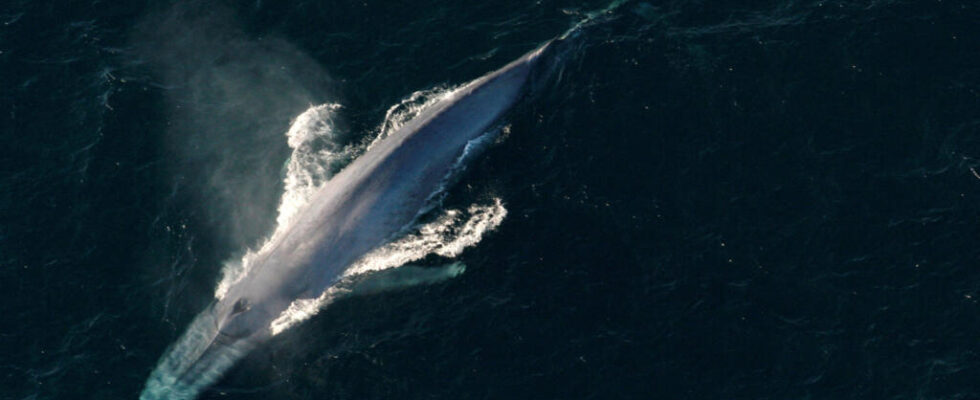After fifteen years of negotiations, the Member States of the United Nations agreed this Sunday March 5 on the first international treaty for the protection of the high seas. Interview with Julien Rochette, director of the Ocean program at the Institute for Sustainable Development and international (Iddri).
Interview by Marine Allain
RFI : Why is this agreement so important ?
Julien Rochette: States have been discussing the status of the high seas for almost 20 years. It was high time to close this chapter and the negotiations. And then it was really necessary to get new rules. Before This agreement, there were already a number of them, for maritime transport or for fishing, for example. Unfortunately, they were often dated or incomplete. It should be noted that the current agreement governing the ocean – the United Nations Convention on the Law of the Sea – dates back more than 40 years, having been adopted in 1982. This was a time when the bulk of the human activity was mainly limited to coastal areas and where the exceptional biodiversity of the high seas was not known at all. We therefore had an area equivalent to half the surface of the globe, but which did not benefit from a regime of appropriate protection and management.
Yet the ocean is central, there are over a billion people who depend on fish as their main source of protein, so fisheries management is very important. The ocean is also a carbon sink and it undoubtedly contains the medicines of tomorrow. The interest of this treaty is to fill the gaps of the previous one and give a new framework to the international community to manage this common space. That’s why it’s historic. And then we must not forget the geopolitical context of recent times, it is a form of feat to have succeeded in setting new rules for joint management – sustainable and fair – of a space that the international community has share.
What will the agreement contain? ?
This convention aims to address several legal loopholes, such as create marine protected areas on the high seas, which was not possible before. Indeed, states are increasingly called upon to create these areas, and many are creating marine parks in their coastal areas, but there was no international mechanism to create marine protected areas on the high seas.
There was also a lot of debate on marine genetic resources and it is important to note that a fairer agreement could be reached. In deep waters, we have ecosystems that develop in extreme conditions (temperature, pressure, acidity). These ecosystems contain very interesting molecules for the cosmetics and pharmaceutical industries. Before this agreement, the rule was “first come, first served”. Today, the States have agreed on a mechanism which makes it possible to share the profits generated by the exploitation of these resources in these international waters. Part of the profits will therefore be redistributed to the international community and to the States of the South.
What to expect next? Isn’t it already too late to save biodiversity on the high seas? ?
It’s never too late to do the right thing, and science shows us that there is still time to act, in particular to safeguard ecosystems, including on the high seas. so celebrate today. But the hardest part will also begin in the coming months, with the implementation of this agreement. We know that the convention was adopted with a reduced number of delegations, and that the text has not yet been made public. We will have to find the means and the conditions so that everything that has been adopted can be put in place. For example, in concrete terms, how can the marine areas created be effectively protected and monitored? The next issue is here.
► To listen also: International guest – Treaty on the high seas: “The ocean is the guarantor of climate stability”
